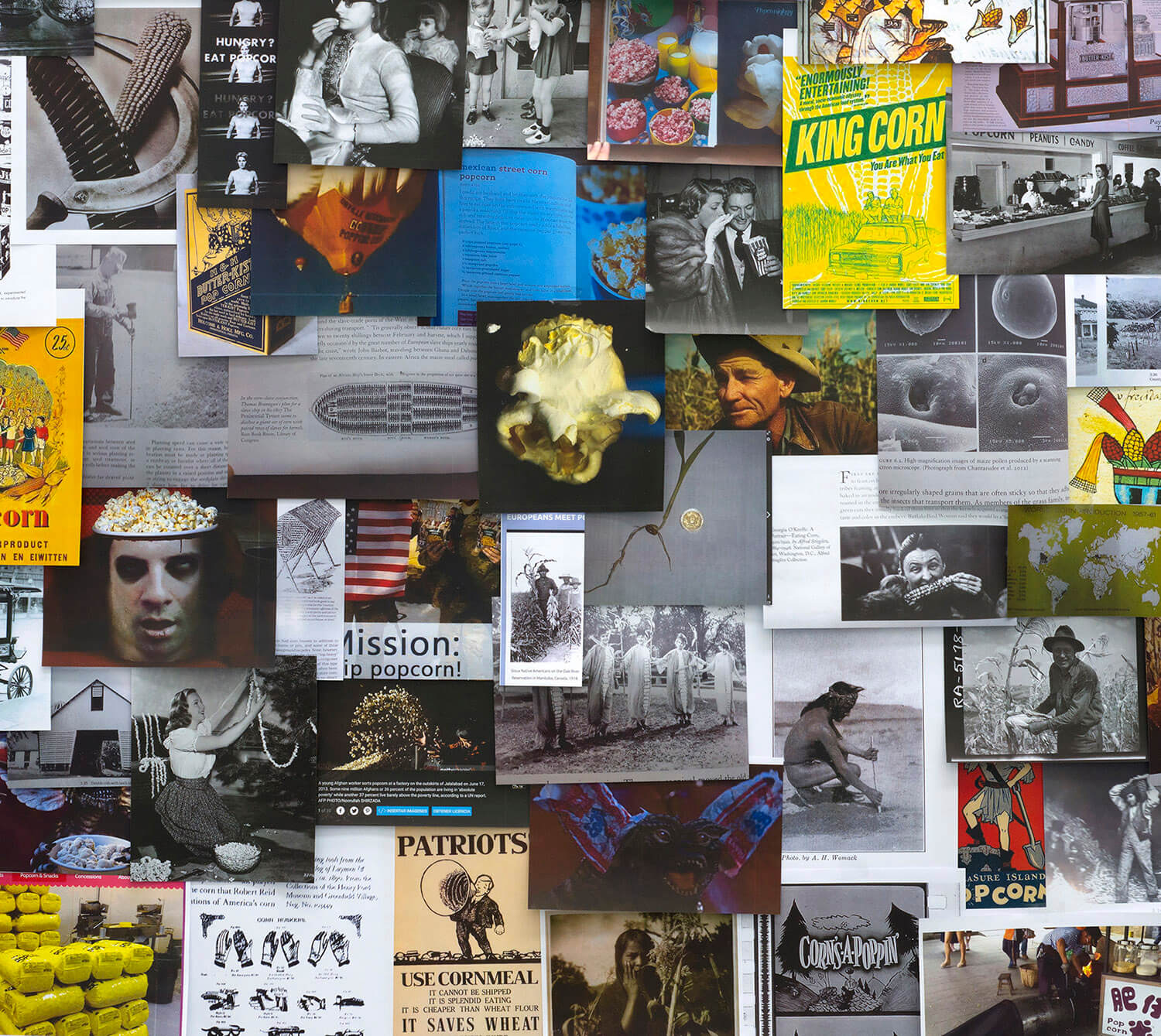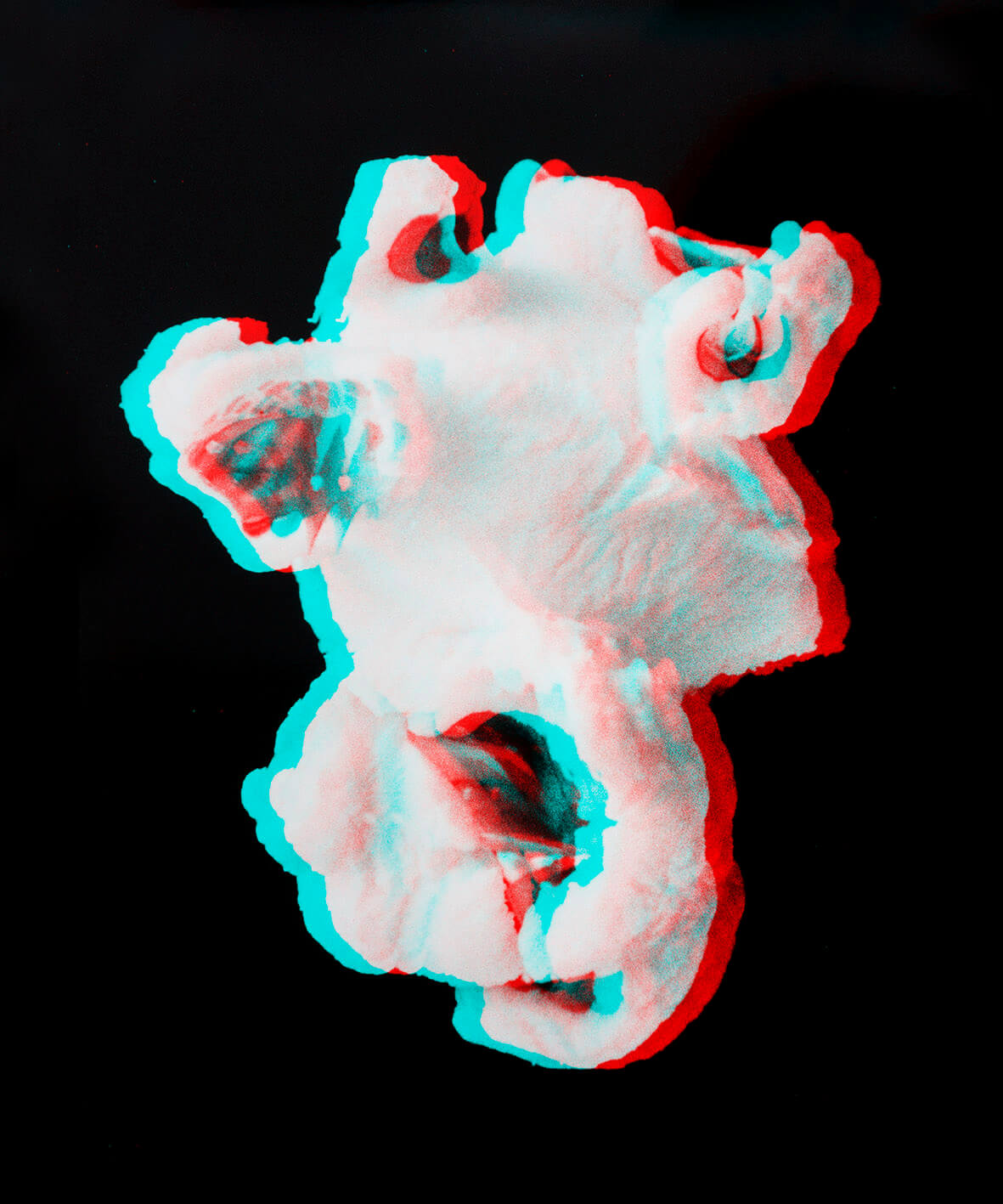A Very White Flower
LA State Historic Park, Chinatown, Council District 1
Artist's Website
About the Artist
Adrià Julià received an MFA from the California Institute of the Arts, a Maisterschüler from the Universität der Künste Berlin, and a BFA from Universitat de Barcelona. His practice includes installations, film, photography, and performance. Julià has had solo exhibitions at the Miró Foundation (Barcelona), Tabakalera (San Sebastián, Spain), Museo Tamayo (Mexico City), 18th Street Arts Center (Santa Monica), Orange County Museum of Art (Newport Beach, California), Project Art Centre (Dublin), LAXART (Los Angeles), Artists Space (New York), and Room Gallery (Irvine, California). He has participated in group shows at the Metropolitan Museum of Art (New York), Museo Nacional Centro de Arte Reina Sofía (Madrid), Seoul Museum of Art, and Akademie der Künste (Berlin). He participated in the Lyon, São Paulo, Mercosul, Kochi-Muziris, and Jakarta Biennales. In 2015, Julià was the Guna S. Mundheim fellow at the American Academy in Berlin. He holds grants from Art Matters and the American Center Foundation. Julià is a professor of Visual Arts at a University of Bergen. He is currently working on a solo exhibition at São Paulo’s Pinacoteca.
Artist’s Acknowledgments
A Very White Flower was conceived by Adrià Julià and is composed of the premiere of his film-performance The Penitential Tyrant: Dolores Is Pain and of his feature film Popcorn.
The Penitential Tyrant: Dolores Is Pain
Conceived by Adrià Julià
Written by Débora Antscherl and Adrià Julià
Performed by Jabez Zuniga
Produced by Jana Díaz Juhl
Lighting Design: Darren Rezowalli
Sound Design: Martín Carrillo
Costume Design: Anne Closs-Farley
Stage Manager: Michelle Prudente
Production Coordination: Francisco Cortinas
Sound Recordist: Eugene Thompson
About the Art
Adrià Julià presents a series of works that critically explore the production and consumption of popcorn and its intrinsic link to Hollywood and the film industry. A meditation on the history of production and consumption of popcorn in modern colonial history, A Very White Flower reflects on the historical and socioeconomic intricacies of the global corn industry, its relationship to Mexican culture, and the popularization of popcorn in the United States after the Great Depression. Julià presents two works at Los Angeles Historic State Park—a site that was formerly a cornfield. The Penitential Tyrant: Dolores Is Pain is a film-performance that explores narratives associated with motion pictures and technological advancements related to corn production, consumption, and discovery. As part of a collage put together by Julià, the film reveals an array of images related to the different histories of popcorn while a performer narrates text inspired, among other things, by The General History of the Things of New Spain, the sixteenth-century, twelve-volume codex containing the first known mention of popcorn. Written by the Franciscan friar Bernardino de Sahagún (1499–1590) for the king of Spain, the text is his encyclopedic accounting of the quirks and customs of the peoples of the newly colonized New World. Popcorn is adapted from footage originally presented by the San Diego-based camera company Photron of a single kernel of corn exploding into popcorn over twelve seconds. Shot with a slow-motion high-speed camera that the company sought to promote, the found mini-film was reimagined by Julià and stretched into Popcorn, a ninety-minute feature film. The project aims to connect with the context of Los Angeles’ rich history of film production and share it with the diverse communities that experience and enjoy popcorn in front of the big screen regularly, while inviting a critical engagement with popcorn’s unique history.
A Very White Flower reveals the transcultural history of corn in the Americas. Using an historical perspective with the language of cinema, Julià’s project encourages a critical look at the impact of history and culture on diets and food consumption, as well as our consumption of images as a society and how that informs our understanding of the world.


